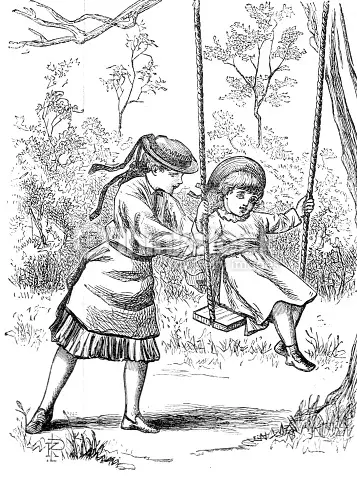Engraving, Etching, & Lithography, Mosaics are varieties of art seen in Victorian times. They were an outcome of the socio-technological changes which came with the Industrial Revolution. The same has been discussed in detail.
Table of Contents
Famous Victorian art: Etching
The origin of Etching is said to be in France. Etching has been equated with legion-making. The etching artists come up with subjects of their own or reproduce previous artworks using etching needles. In England, the Old Etching Club had been introduced in 1838 to show unique prints. John Everett Millais, Samuel Palmer, Hook, Thomas Creswick and William Holman Hunt were the artists. They made extravagantly cross-hatched finished plates rather than sketch effects.
Seymour Haden’s work was uninhibitedly direct with the character of an outline, made on the spot, instead of worked up subjects. Publications of Etchers Club (1844) was a matter of interest for few. Hamerton’s book ‘Etching and Etchers’ and periodical called “The Portfolio’ introduced the subject to laymen. Etching is different from an engraving for it uses acid to remove the metal; unlike in engraving which uses a metal tool.
Famous Victorian art: Engraving
Engraving is the act of chiseling a plan onto a hard, normally level surface by cutting sections into it. The outcome might be a design in silver, gold, steel, or glass are engraved, or may give an intaglio printing plate, of copper or another metal, for printing pictures on paper as prints or delineations; these images are also called engravings. Wood engraving is a type of help printing.
Engraved jewels were vital in the old world, resuscitated at the Renaissance. An engraved jewel alluded to as an intaglio, is a little and generally semi-valuable gemstone that has been cut, in the Western custom ordinarily with pictures or engravings just on one face. The etching of gemstones was a noteworthy extravagance work of art in the Ancient world
Famous Victorian art: Mosaics
Mosaics began with Greek in high contrast. They truly prospered under the Romans, who made utilization of an assortment of unglazed tiles and cut local stone to make brilliant mosaics in level, matt hues. The Victorians were exceptionally partial to tile. It was utilized generally for structures. Later in the Victorian age, hard earthenware, in profound or post-box red and different shades of pink, beige and white. Making and cutting mosaic along these lines was a characteristic piece of the Victorian artist. Such mosaics discovered specific use in entryways of stores, regularly publicizing the store-proprietor, and are still to be found in London. However, the move from recessed entryways to level fronted shops has wiped out many.
In late Victorian and Edwardian circumstances, encaustic tile mosaics were found in arcades, ordinarily to make brilliant, illustrative pictures of figurative figures. G. F. Watts oil painting (Time, Death and Judgment) rendered in mosaic, in Roman style, in St Giles in the Fields off Tottenham Court Road. Another piece of artistic mosaic is the dedication wellspring in Old St Pancras Churchyard.
-
Lithography
Lithographic printing was created in Germany in 1796 by Alois Senefelder. Lithography is a printing method that allows various reproductions of an image drawn with greasy crayon on a certain type of limestone. At the point when the naturally absorbant stone is wetted before printing, the printing ink will be retained in areas containing grease and repulsed in all other areas. The characteristic of this printing method is that the image area and the non-image area react contrastingly to variety of ink. Lithography joined the more seasoned strategies of help. Intaglio printing in addition to lithography greatly expanded the range of what could be printed.
One of the advances showed at the Great Exhibition of 1851 (also known as the Crystal Palace Exhibition) was the new technique for shading printing: chromolithography. Although lithography had turned out to be widespread, it was initially a solitary shading printing strategy. The lithography firm was credited to chromolithographs. However, many of their names today are lost to history
The art forms were welcomed whole-heartedly by the British public- elites and the common man. These further evolved with time.
